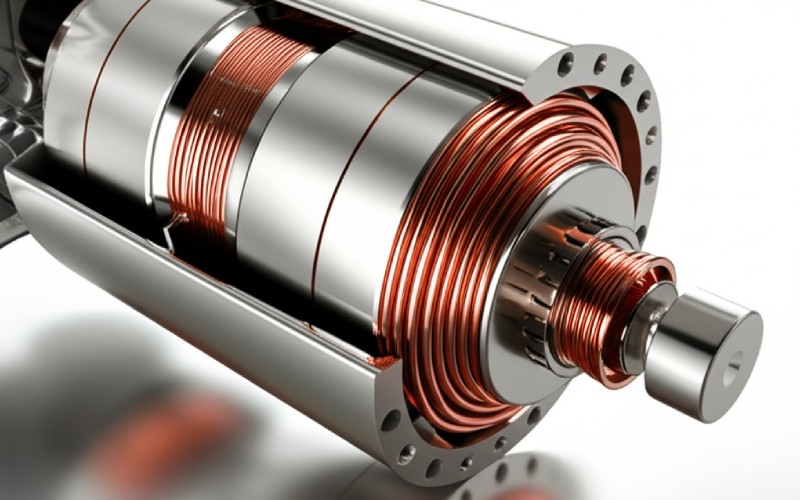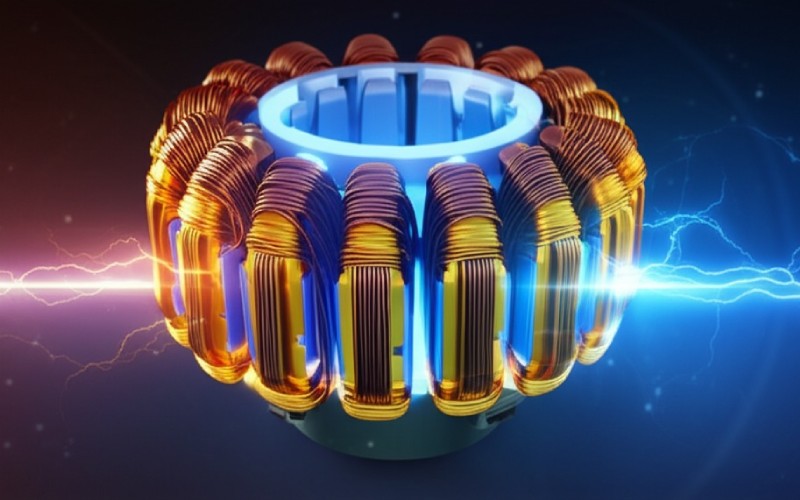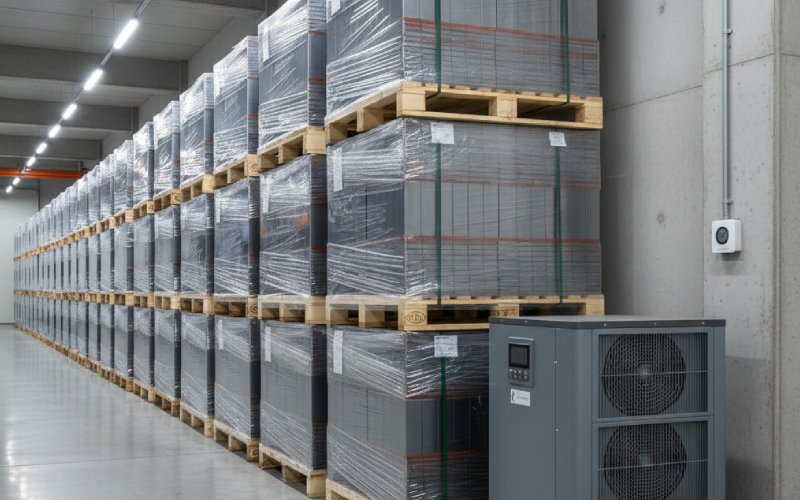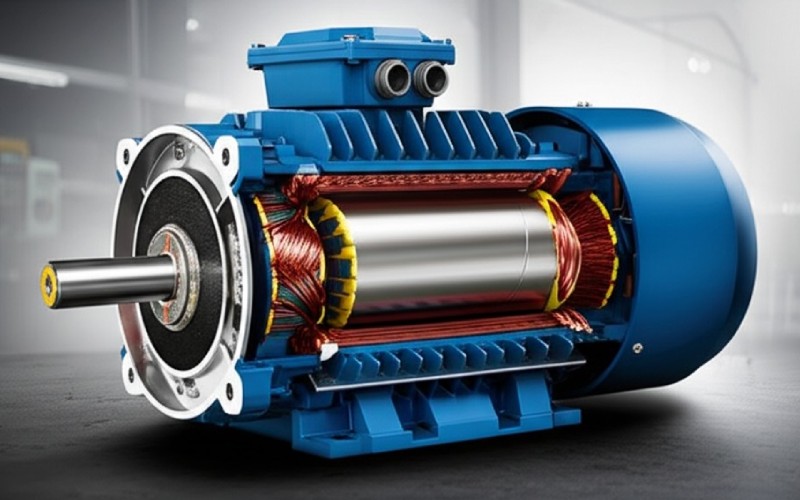Let Sino's Lamination Stacks Empower Your Project!
To speed up your project, you can label Lamination Stacks with details such as tolerance, material, surface finish, whether or not oxidized insulation is required, quantity, and more.
To speed up your project, you can label Lamination Stacks with details such as tolerance, material, surface finish, whether or not oxidized insulation is required, quantity, and more.
Unlock peak motor performance with Sino’s expert Motor Lamination Insulation. Our meticulously crafted lamination stacks, using advanced insulation materials, combat eddy currents to significantly boost efficiency, slash energy waste, reduce operating temperatures, and extend motor lifespan. Sino delivers superior, reliable solutions for demanding applications including industrial, EV, and high-frequency motors.
At Sino, we understand that the integrity of this insulating layer is paramount. Even a tiny breach, a scratch, or an area of inconsistent coating can create a short circuit between laminations, providing a path for those pesky eddy currents to flow and undermining the entire design. That’s why our manufacturing processes, from stamping to coating and stacking, are meticulously controlled to ensure each lamination remains perfectly isolated.
What’s the big payoff? The most immediate and significant benefit is a substantial boost in motor efficiency. With eddy current losses drastically curtailed, less electrical energy is pointlessly converted into heat within the motor’s core. This means a much higher percentage of the input power is transformed into useful mechanical work – the spinning shaft that actually does something.
Depending on the motor design, size, and operating conditions, effective motor lamination insulation can improve efficiency by several percentage points. Consider an industrial facility running hundreds of motors. A 3-5% efficiency gain per motor, compounded across the entire operation and over the lifespan of the equipment, translates into enormous energy savings and a significantly reduced carbon footprint. It’s good for the bottom line and great for the planet.
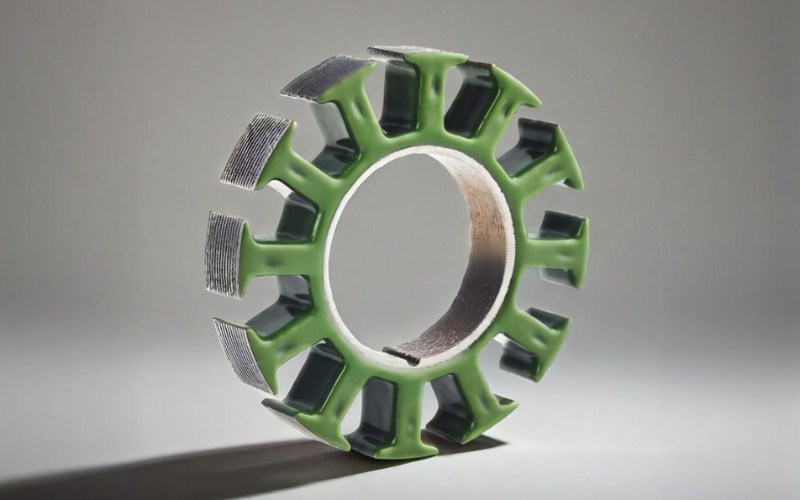
Beyond just saving you a few quid on the electricity bill, keeping those eddy currents in check has another massive benefit: your motor stays significantly cooler. Remember how those unwanted currents generate heat? Well, less current means less heat. This might sound like a secondary perk, but in the world of electrical machinery, heat is Public Enemy No. 1.
Excessive operating temperatures can wreak havoc on a motor in several ways:
By ensuring superior motor lamination insulation, we at Sino help build motors that run cooler, and therefore, run longer and more reliably. Take, for example, high-performance servo motors used in precision robotics. These motors often undergo rapid acceleration and deceleration cycles, which can generate significant heat.
The stuff used for motor lamination insulation isn’t just any old paint you’d find at the hardware store. The selection of the right insulating material is a critical engineering decision, heavily influenced by the motor’s intended scenario, operating temperature, manufacturing processes (like annealing), and desired level of electrical resistance.
The American Society for Testing and Materials (ASTM) provides a standard classification system, ASTM A976 / A976M, for these coatings. Here’s a simplified look at some common types and their characteristics, along with how Sino might approach their selection:
Insulation Type (ASTM Ref) | Common Name(s) | Sino’s Perspective & Typical Scenarios | Key Advantages | Considerations |
C-0 | Natural Oxide, Mill Scale | Basic, inherent insulation. Suitable for some very small, low-cost motors where core losses are less critical. Sino typically advises this for less demanding uses. | Lowest cost, no separate application needed. | Lowest interlaminar resistance, variable quality. |
C-2 | Resistivity-Enhancing Oxide | Better than C-0, still an oxide. | Improved resistance over C-0. | Still relatively low resistance. |
C-3 | Varnish, Organic Enamel | A workhorse for many general-purpose motors. Good balance of cost and performance. Sino often recommends this for fractional horsepower to medium-sized motors. | Good punchability, good adhesion, cost-effective applied coating. | Moderate temperature limits (typically up to 155-180°C). |
C-4 | Phosphate, Inorganic | Good for applications requiring stress-relief annealing after stamping, as it can withstand high temperatures. Sometimes used with a C-5 topcoat. | Withstands annealing, good weldability. | Can be abrasive on stamping dies, moderate insulation. |
C-5 | Epoxy, Polymer, Resin | The gold standard for high-efficiency and demanding scenarios. Sino frequently employs C-5 coatings for EV motors, high-performance industrial drives, and servo motors. | Excellent interlaminar resistance, good adhesion, high dielectric strength, durable, withstands winding stresses. | Higher cost, may require specific curing processes. |
C-6 | Inorganic + Organic | A composite coating, often C-4 with a C-5 top layer, or specialized formulations. Offers a blend of thermal stability and high insulation. | Very high thermal stability, excellent insulation, good for stress relief. | Can be more complex to apply, potentially higher cost. |
Data conceptually based on ASTM A976 and typical industry offerings from leading electrical steel producers like Thyssenkrupp Electrical Steel, Posco, and AK Steel (now Cleveland-Cliffs).
At Sino, our approach isn’t about blindly picking a coating from a chart. We engage in a deep dialogue with our clients. Factors such as peak operating temperature, the need for core stress relief annealing, efficiency targets, and solvent resistance considerations all guide our material selection process. This ensures that the selected insulation for motor laminations is fully compliant with the motor’s operational lifespan requirements. For instance, a motor destined for a hermetically sealed refrigeration compressor might need an insulation compatible with refrigerant oils, while a motor for a downhole drilling application would prioritize extreme temperature and pressure resistance.
The application method is also crucial. Whether it’s roll coating, spraying, or even electrophoretic deposition for very uniform thin films, the goal is always a consistent, defect-free layer that adheres tenaciously to the lamination surface.
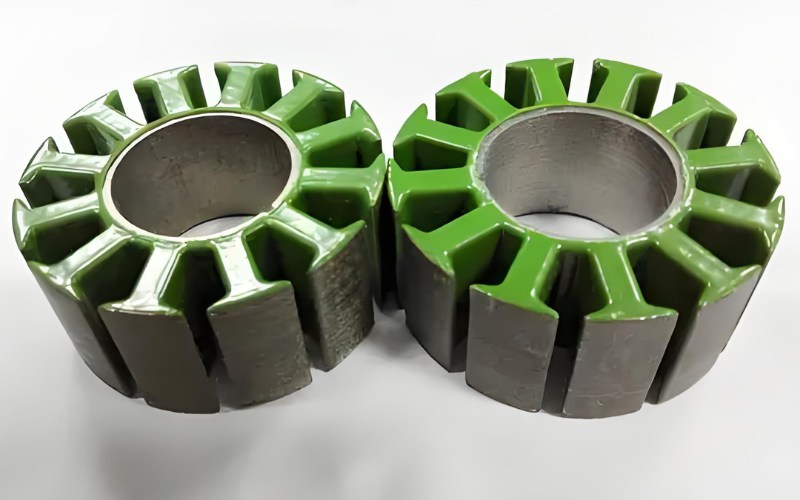
Knowing what insulation to use is one thing; applying it flawlessly and then building a perfect lamination stack without compromising that delicate layer is where true manufacturing expertise comes into play. This is where Sino’s decades of experience and commitment to quality set us apart.
The world of electric motors is anything but static. As technology pushes boundaries, the demands on every component, including motor lamination insulation, are constantly evolving. Sino is committed to staying at the forefront of these developments.

When you get right down to it, that almost invisible layer of motor lamination insulation is doing some seriously heavy lifting inside your electric motor. It’s not just a coating; it’s a critical enabler of efficiency, a guardian against overheating, and a key contributor to a long and reliable service life. Without it, the high-performance electric motors that power so much of our modern world simply wouldn’t be possible.
At Sino, crafting superior lamination stacks with impeccable insulation isn’t just one part of our business – it’s the heart of what we do. We understand the physics, we master the materials, and we obsess over the manufacturing processes because we know how much rides on getting it right.
If you’re designing or building electric motors and are looking to unlock peak performance, push the boundaries of efficiency, and ensure rock-solid reliability, then focusing on the quality of your lamination stack and its motor lamination insulation is not just advisable, it’s absolutely essential. At Sino, we’re ready to partner with you to turn your most demanding motor visions into reality, one perfectly insulated lamination at a time.
To speed up your project, you can label Lamination Stacks with details such as tolerance, material, surface finish, whether or not oxidized insulation is required, quantity, and more.

